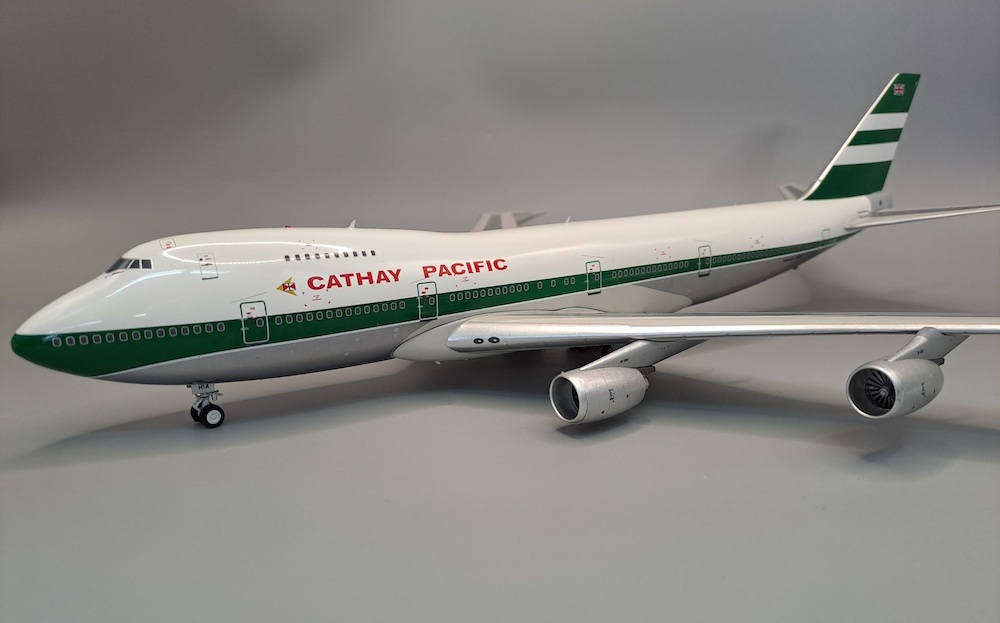
Introduction
Cathay Pacific Airways, the flagship airline of Hong Kong, is a significant player in the global aviation industry, providing essential connectivity for travelers worldwide. As the aviation sector continues to recover from the disruptions caused by the COVID-19 pandemic, Cathay Pacific is strategically enhancing its services and focusing on sustainability initiatives to meet the evolving expectations of passengers.
Recent Developments
In recent months, Cathay Pacific has seen a noticeable increase in passenger numbers, particularly as travel restrictions ease across various regions. The airline reported a remarkable increase in capacity as it resumed flights on multiple routes, focusing heavily on popular destinations in Asia and beyond. In August 2023, Cathay Pacific announced it had restored over 70% of its pre-pandemic destinations and is steadily increasing seat capacity.
Furthermore, Cathay Pacific is investing in state-of-the-art technology to enhance the travel experience. The airline has introduced a new in-flight entertainment system, which boasts a wide selection of movies, shows, and games, allowing passengers to enjoy their journey even more. This move is part of a broader effort to improve customer satisfaction, as the airline aims to be a leader not only in operational efficiency but also in passenger comfort.
Sustainability Efforts
Cathay Pacific has also made significant strides in promoting sustainability within the aviation industry. The airline is committed to achieving net-zero carbon emissions by 2050. In September 2023, it announced a partnership with various industry stakeholders to invest in sustainable aviation fuel (SAF) initiatives, which are vital for reducing the carbon footprint of air travel. This commitment aligns with global trends towards greener developments in transportation, appealing to environmentally conscious travelers.
Additionally, Cathay Pacific has launched an ambitious waste reduction program aimed at minimizing onboard waste. By significantly reducing single-use plastics and implementing recycling initiatives, the airline is setting an example for the industry.
Conclusion
As Cathay Pacific continues to recover from the pandemic’s impact, its commitment to enhancing passenger services and sustainability initiatives positions it as a leader in the airline industry. The combination of improved travel experiences and a focus on environmental responsibility is set to resonate with travelers across the globe. Looking into the future, Cathay Pacific aims to further expand its route network and reinforce its commitment to sustainable aviation practices, fostering confidence among travelers and making air travel a more environmentally friendly mode of transport.



